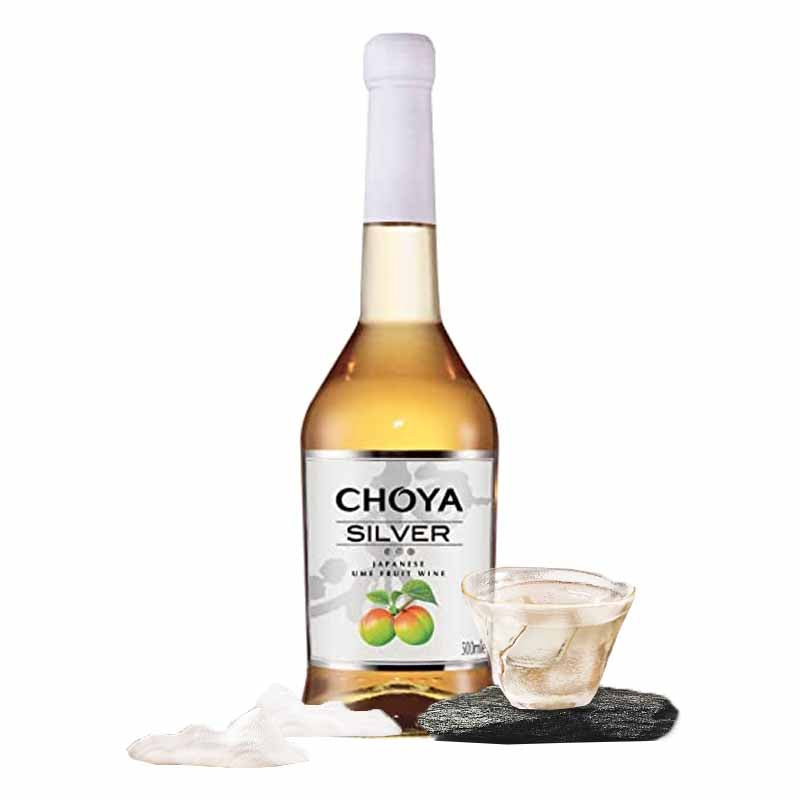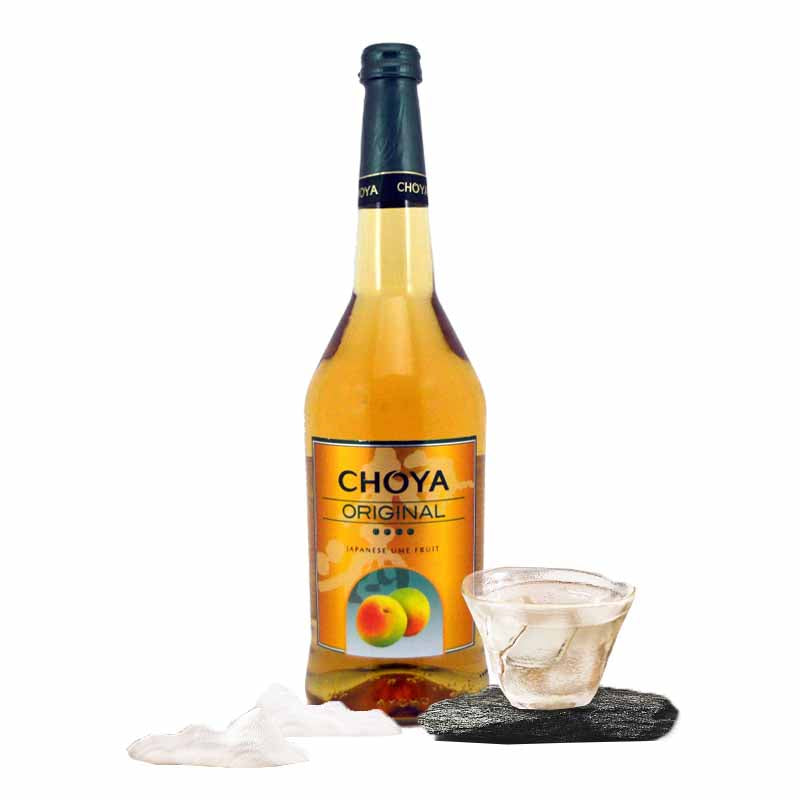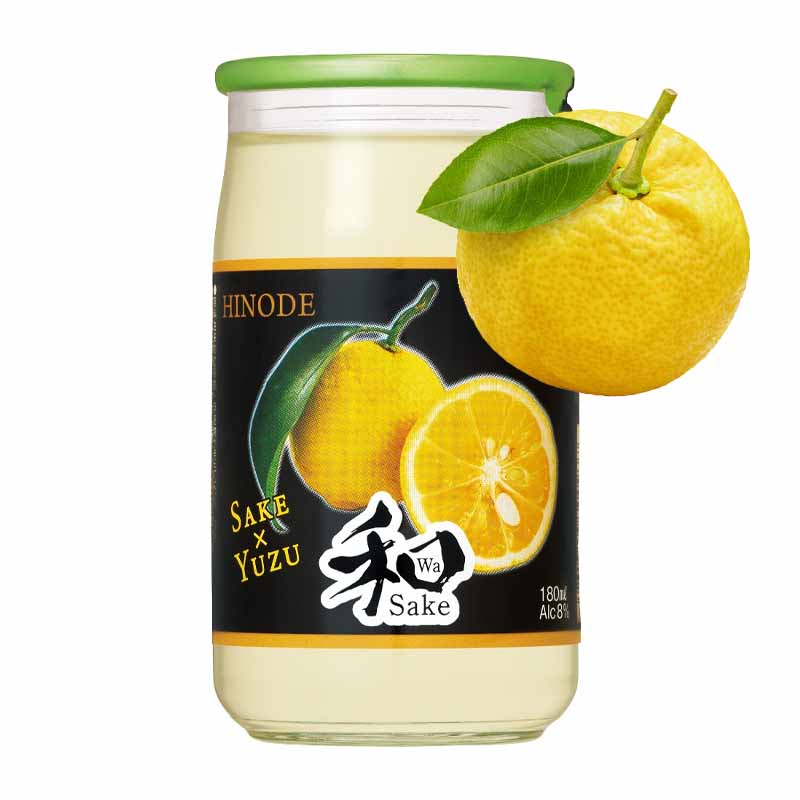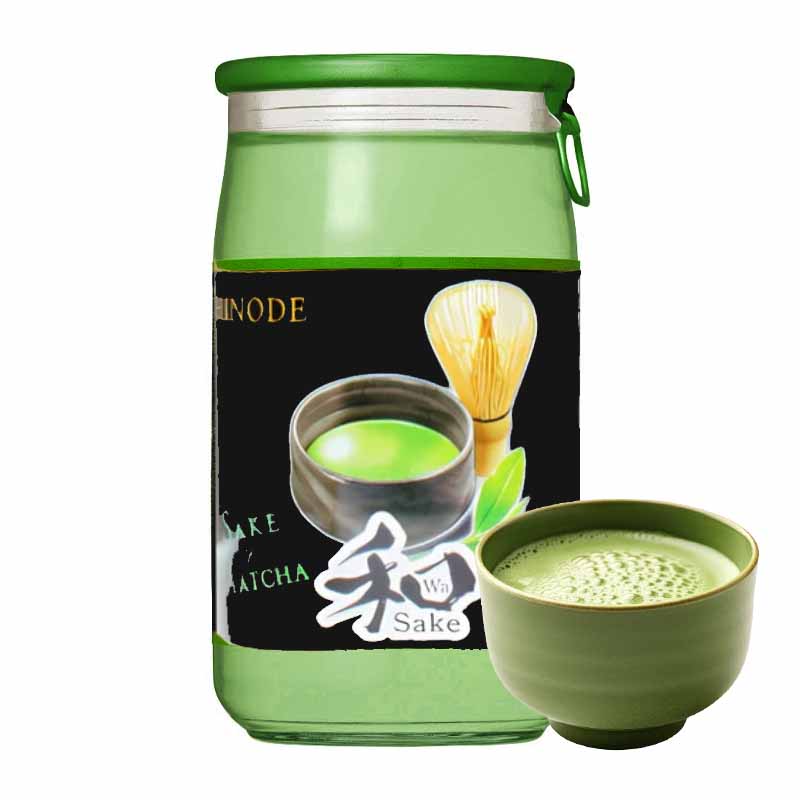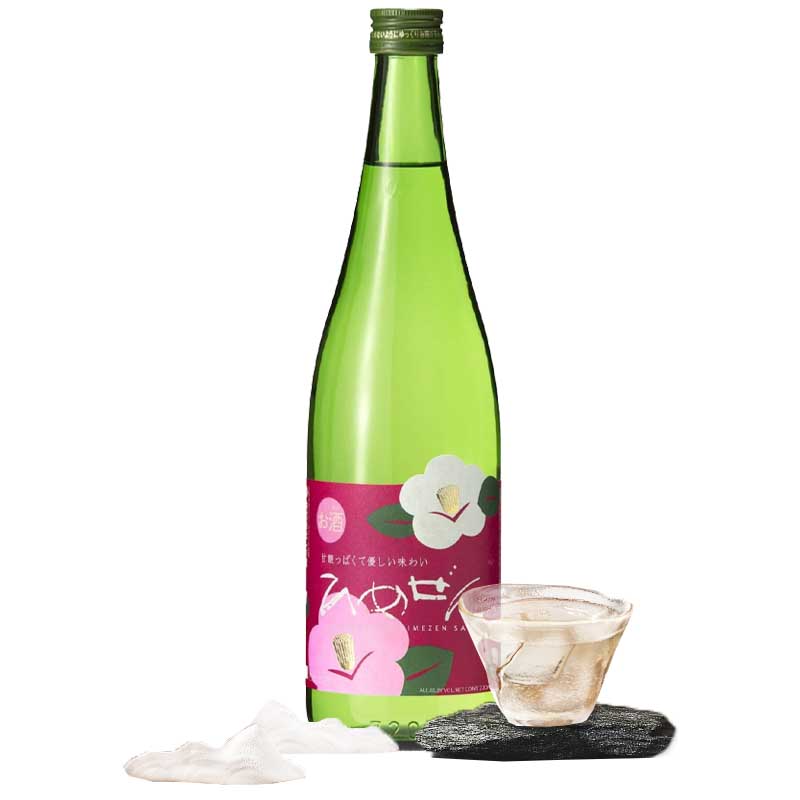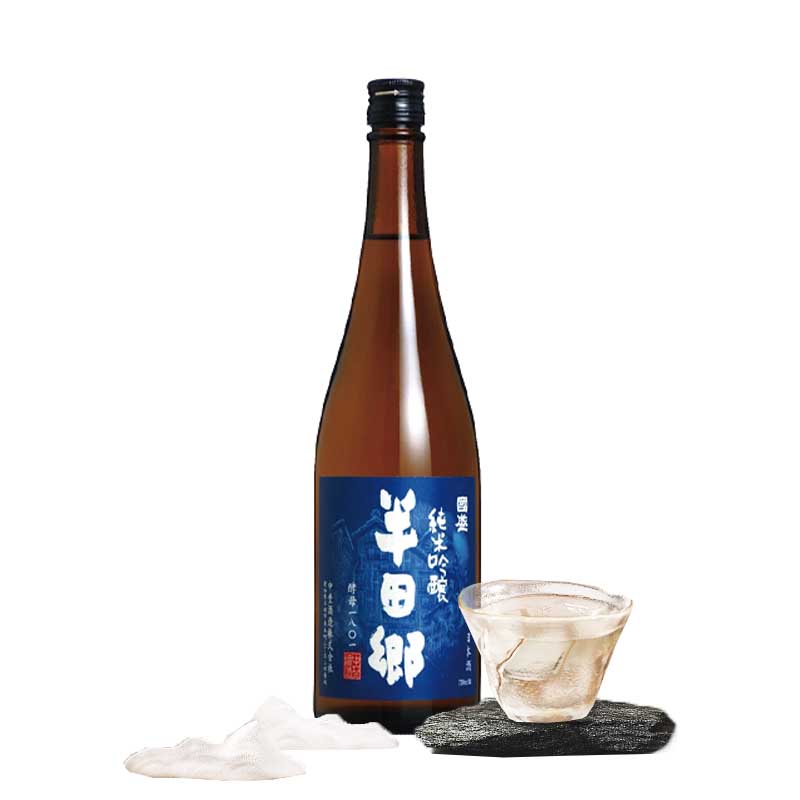Sake
What is, Type, History, Culture of the National Drink of Japan
The world of sake, Japan's national drink, is vast and fascinating. There are many different flavor profiles and breweries to explore. Learning about all the sake varieties and what makes them unique can seem daunting at first. But considering sake's global popularity and how many bars and restaurants are dedicated to the enjoyment of this spirit, it's worth checking out. Here's everything you need to know about sake.
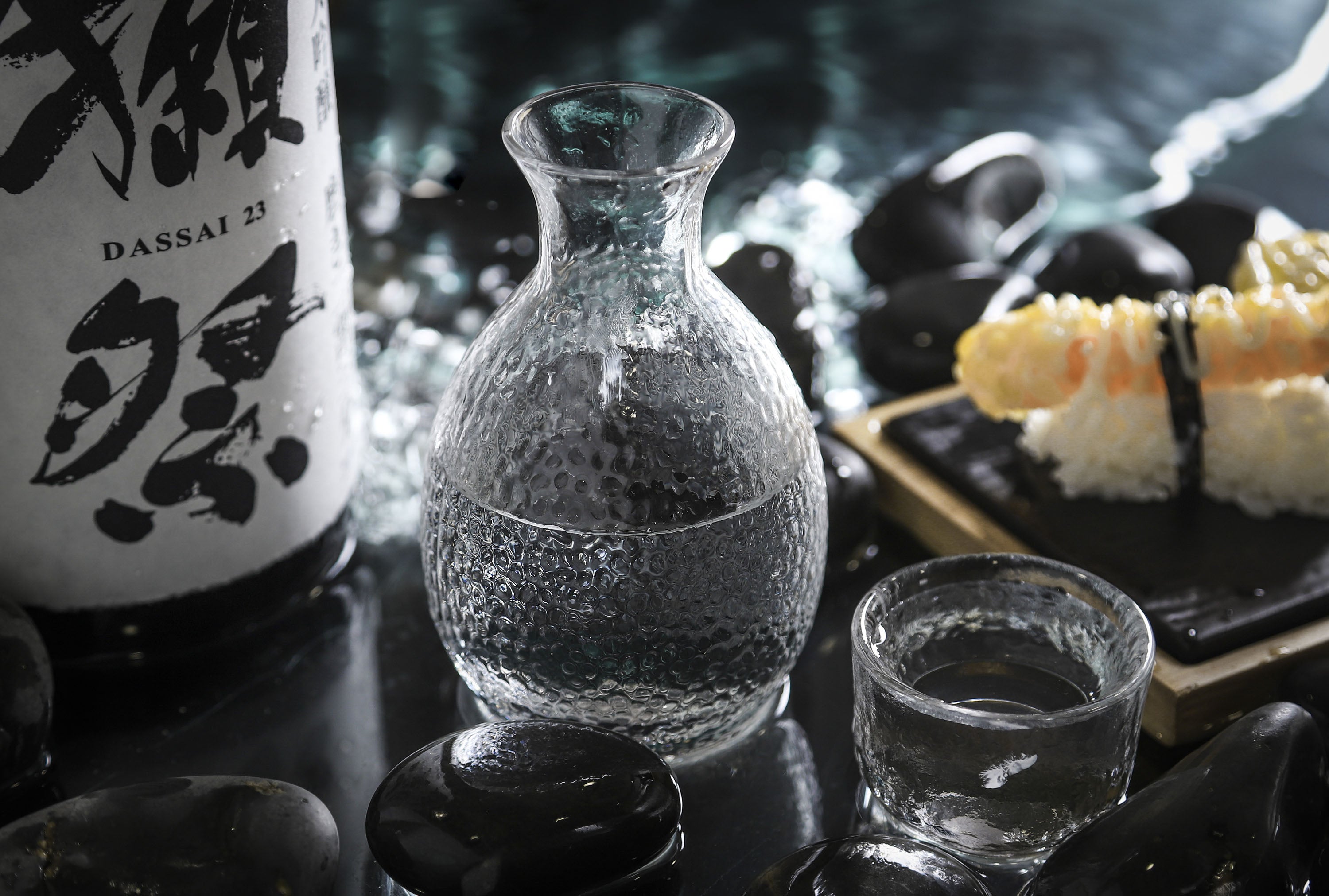
What is sake?
Sake is an alcoholic beverage made from fermented rice. Often referred to as nihonshu (日本酒) in Japanese (to differentiate it from "sake" which in Japanese can also refer to alcohol in general), the drink enjoys widespread popularity and is served in all types of restaurants and drinking establishments. And as interest in Japanese cuisine has grown internationally, sake has begun to become a trendy and recognizable drink around the world.
The foundations of good sake are quality rice, clean water, koji mold and yeast. They are combined and fermented in precise processes that have been perfected over the centuries. Typically filtered (although unfiltered products are also available), the resulting clear to slightly yellowish rice wines have an alcohol content of around 15 percent and relatively mild flavor profiles, ranging from light and crisp to more notes. substantial and fruity. Sake pairs well with almost any type of food, but it complements the delicate flavors of traditional Japanese foods particularly well.
Types of sake
In recent decades, premium sake has been gaining popularity, while cheap sake has gradually lost market share to other types of alcoholic beverages. Premium sake differs in the quality of the ingredients and the efforts put into the production process. Here are some of the factors that make the difference and terms that help consumers understand them:
Rice polishing degree
Rice grains are polished before being used in sake production because the outer layers of the grains create undesirable flavors in the final product. Generally speaking, the more polished the rice, the better the flavor and the higher the price of the resulting sake. For premium sake, typically at least 30 percent of the grain has been polished, while the rice for the following types of high-end sake needs to be polished even more:
- Ginjo (吟醸) – at least 40 percent of the grain has been polished.
- Daiginjo (大吟醸) – at least 50 percent of the grain has been polished. Generally speaking, ginjo and daiginjo tend to
to be the tastiest types of premium sake and very rich in character. As a result, they are best enjoyed on their own (for example, as an aperitif) or in combination with strongly flavored dishes. They can be too powerful when combined with delicate dishes.
Alcohol addition
The alcohol in sake is produced in a time- and cost-consuming fermentation process. To lower production costs, many producers have been adding large amounts of distilled alcohol to their sake. However, premium sake prides itself on containing no added alcohol or using only small amounts of it for the purpose of adding subtle flavors. This leads to the following additional premium sake classifications:
- Junmai (純米) - no alcohol has been added to sake.
- Honjozo (本醸造) - a small amount of alcohol has been added to enhance the flavor.
Some of the above terms can be combined. For example, a "Junmai Ginjo" sake uses no added alcohol and is made from rice grains that have been polished at least 40 percent.
Laborious process of mixing rice and koji mold by hand
Special types of sake
By omitting or adding certain steps to the sake production process, some special types of sake can be produced. Below are some of the most common types found:
- Namazake (raw sake) :Most sake is pasteurized towards the end of the production process. However, in the case of namazake, the pasteurization step is omitted. The resulting drink tastes fresh and should be refrigerated and consumed quickly.
- Nigorizake (cloudy sake):Most sake is filtered towards the end of the production process to produce a perfectly clear drink. However, nigorizake is only coarsely filtered, resulting in a cloudy sake that contains some of the rice solids left over from fermentation. The taste of nigorizake varies from very sweet to sour.
- Sparkling sake :In recent years, more and more sake producers have added sparkling sake to their product line. Similar to sparkling wine, sparkling sake is bottled before the fermentation process has completely finished, resulting in the creation of bubbles.
- Koshu (old sake) :Most sake is usually drunk within a few months of production. However, there is a class of sake, called koshu, that has been aged in bottles or barrels for longer periods to develop new flavor profiles. Depending on how the sake was aged, the resulting koshu often has stronger, earthier or woody tones and a darker, honeyed color.
- Jizake (local sake) :Jizake is sake that is produced locally by small independent producers.
- Amazake (Sweet Sake):Although not true sake, amazake is a sweet, thick, low- or no-alcoholic beverage typically served during the cold winter months. You will often find amazake for sale at food stalls and street vendors around winter festivals.
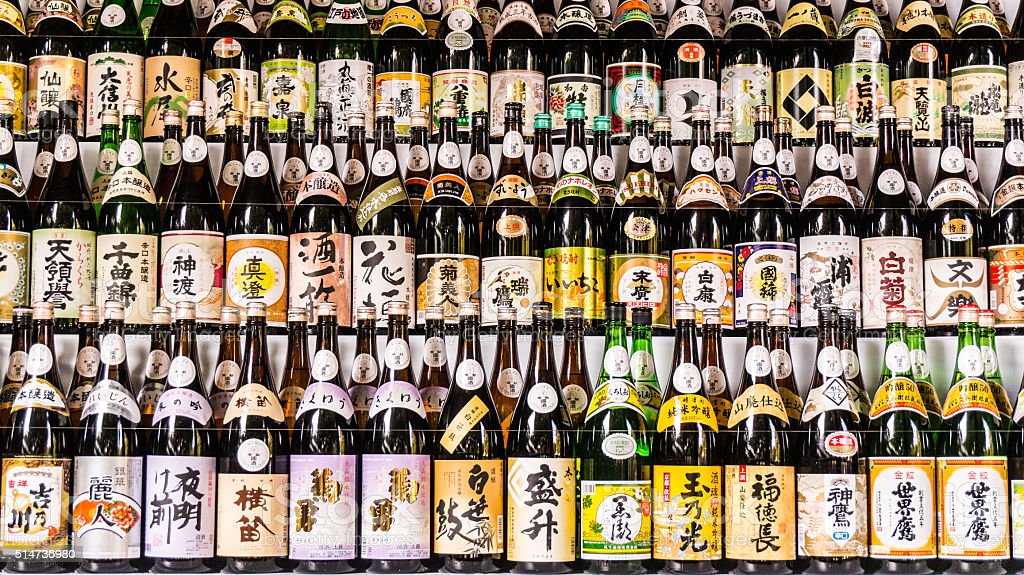
How do you drink sake?
Sake can be enjoyed at different temperatures. "Some sake are best served hot, others are best served cold, and many can be enjoyed at different temperatures" - the temperature really depends on who is drinking.
"For cold sake, we recommend drinking with a glass that has a thin and wide rim, which is good for sake with high acidity"
When drinking hot sake, it is recommended to use traditional Japanese sake cups called Ochoko, "which have a narrow rim and are good for umami and rich sake."
When drinking in a group, it is customary to serve each other rather than just serving yourself. You should periodically check your friends' glasses and replenish them before they become empty. Likewise, if someone serves you, you should hold your glass toward the person and then take a sip before putting the glass down.
What food goes well with sake?
- Light, dry sake pairs well with sashimi, sushi, and other light foods.
- The light and sweet sake pairs well with fish, shrimp and lightly fried dishes.
- Rich, dry sake pairs wonderfully with hearty meat dishes.
- The rich, sweet sake pairs well with soy-based dishes.
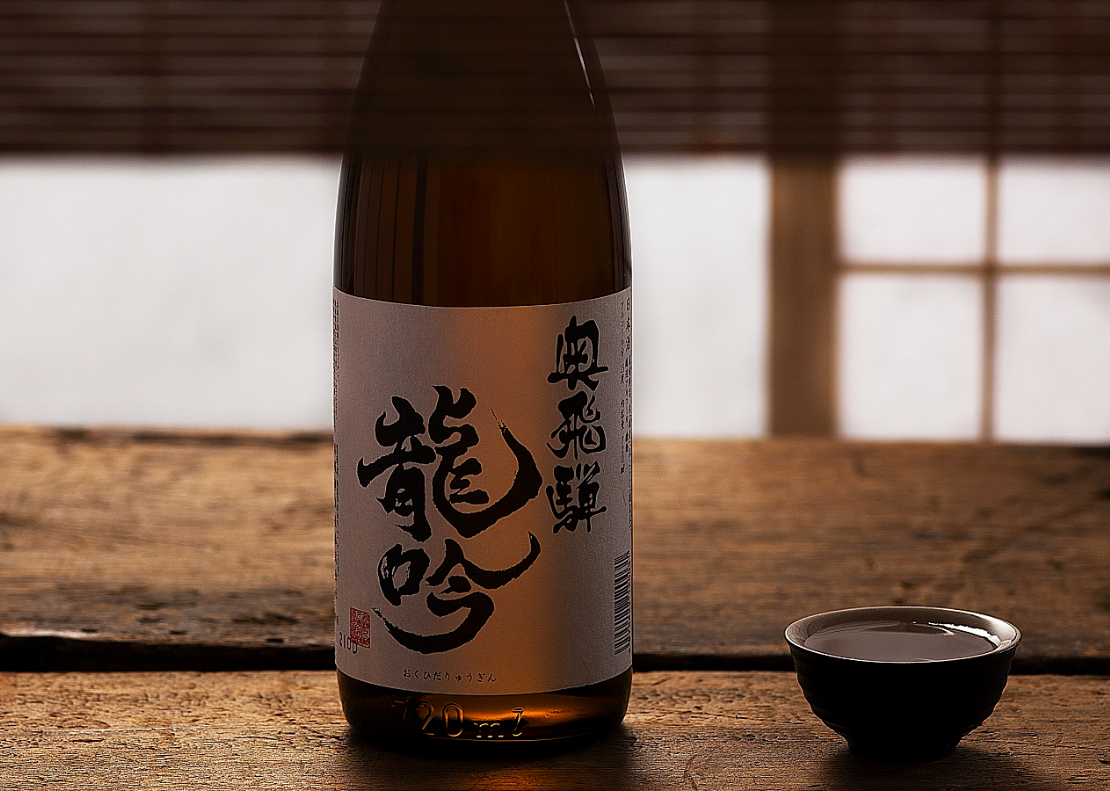
History of Sake
In Japan, where it is the national drink, sake is served with a special ceremony. Before being served, it is heated in a small ceramic or porcelain bottle called tokkuri; It is usually drunk from a small porcelain cup called a sakazuki. The delicately flavored premium sake is served chilled or over ice. Sake is best when consumed less than a year after bottling.
Sake making began sometime after the introduction of wet rice cultivation in Japan in the 3rd century BC. The first written record referring to sake dates from the 3rd century AD, and the first reference to its manufacture dates from the 8th century. . In ancient Japan, sake was produced mainly by the imperial court and by large temples and shrines, but starting in the 12th century, the general population began to make it. By the early 16th century, the modern process for making sake had been nearly perfected. However, rice shortages during World War II led manufacturers to add distilled alcohol to rice mash, which had the unintended effect of significantly increasing sake production, allowing manufacturers to more easily meet demands. Since then, sake made with the addition of alcohol has become widespread.
Sake is the drink of the kami (gods) of Shintō, the indigenous Japanese religion. It is drunk at festivals and included in offerings to the kami. At a Shintō wedding, the bride and groom perform a sake-drinking ceremony from lacquer cups.
Buy Sake
Blog
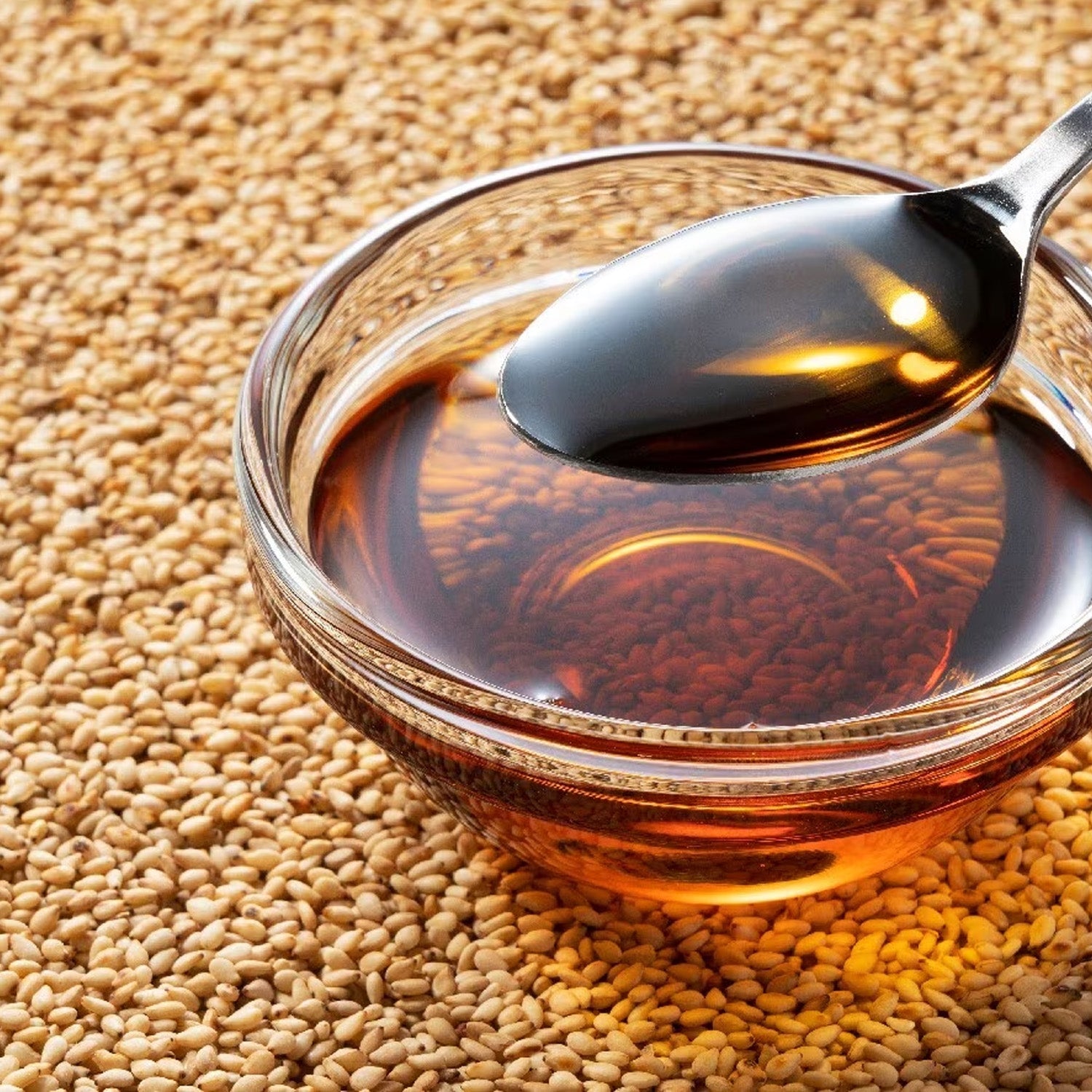
Benefits of Sesame Oil: Health and Cooking at its Best
The numerous benefits and uses of sesame oil in cooking, personal care and health. Learn how to take advantage of its antioxidant and anti-inflammatory properties.
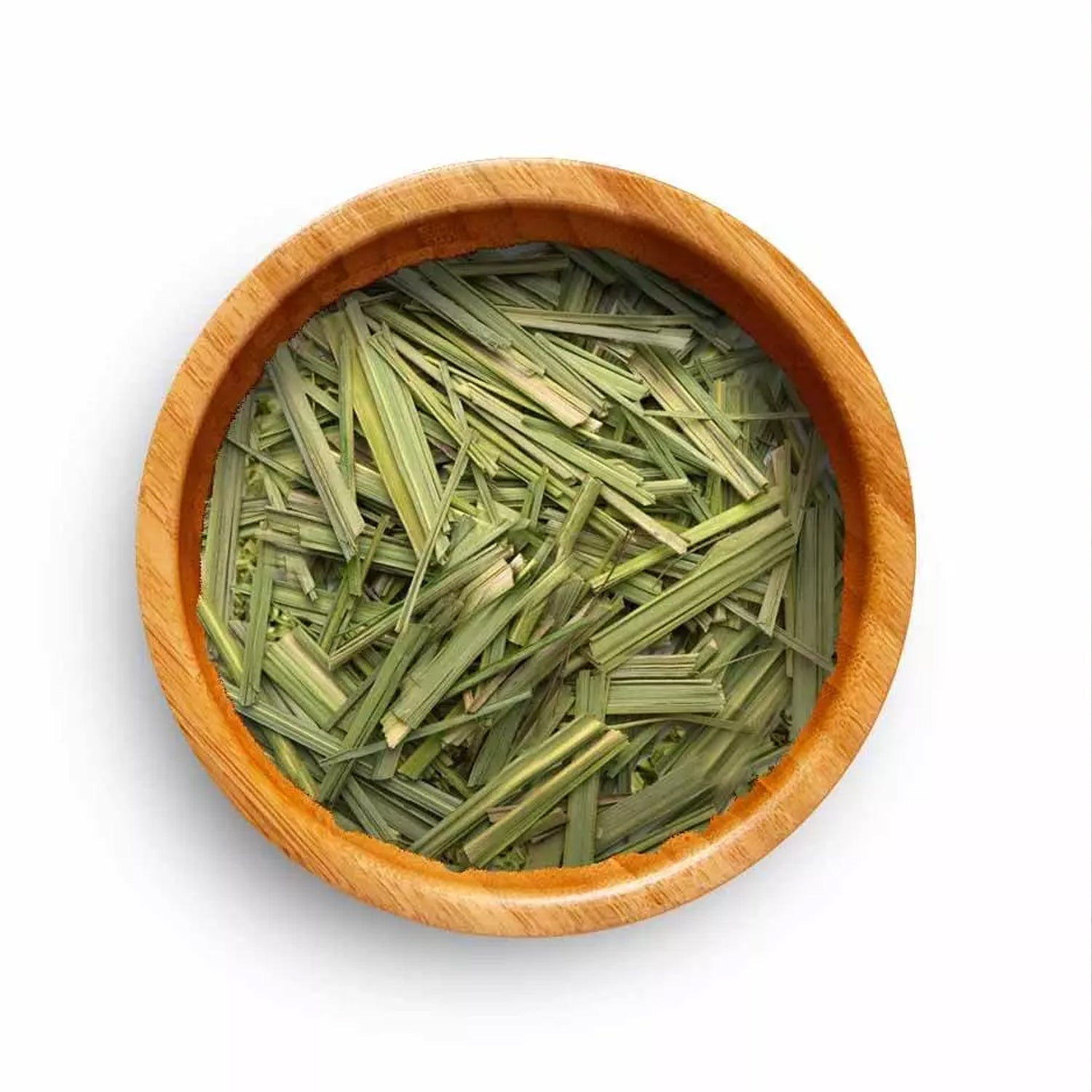
Benefits of Lemon Grass: Culinary and Medicinal Uses
Lemon Grass can transform your favorite dishes and improve your health. Learn about its culinary uses, medicinal benefits, and featured recipes to incorporate this versatile plant into your daily l...
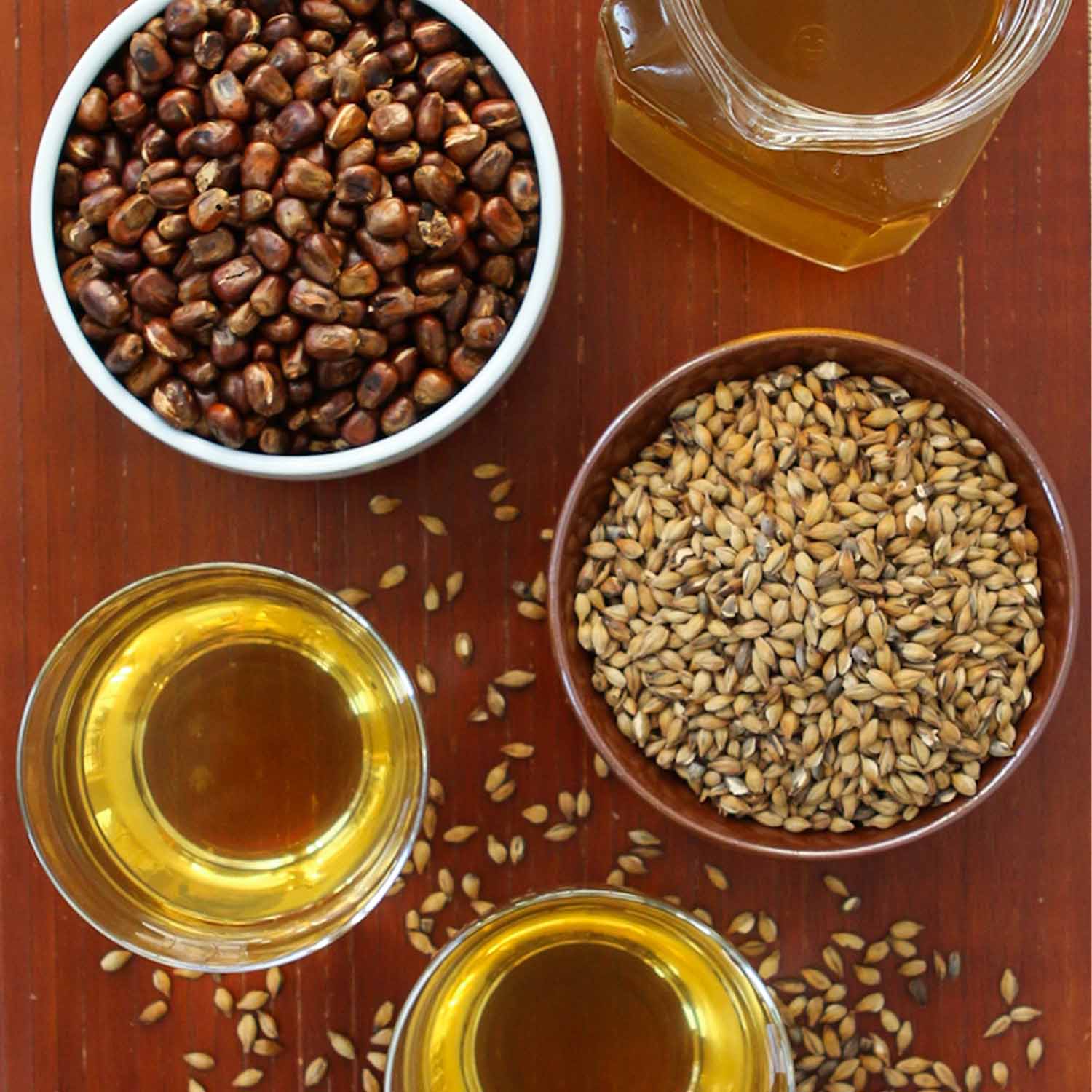
Korean Barley Tea: Tradition and Health in Every Cup
Korean barley tea, known as bori-cha. Learn about its origin, health benefits and how to prepare it at home. A caffeine-free drink rich in antioxidants. Discover the tradition and benefits of this ...



